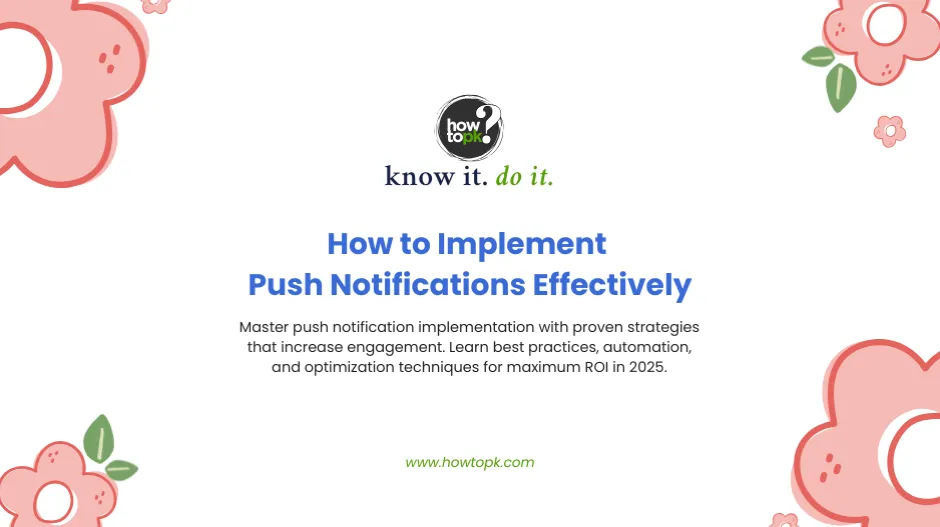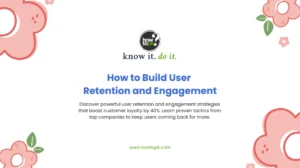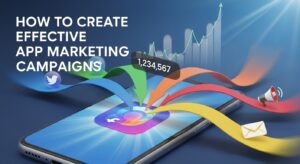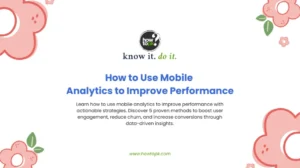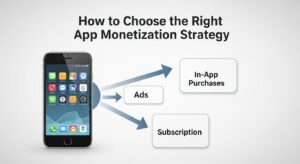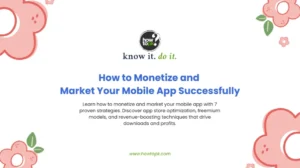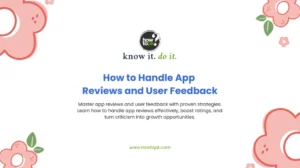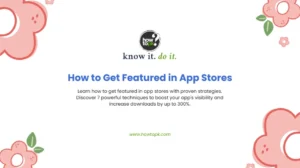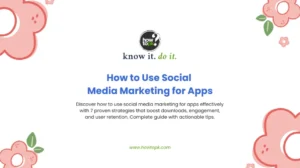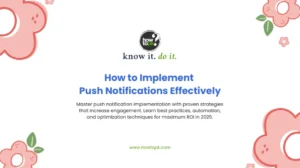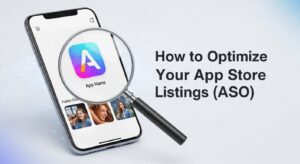The ability to implement in-app purchases effectively has become one of the most critical skills for mobile app developers seeking sustainable revenue growth. Whether you’re launching your first app or optimizing an existing one, understanding the intricacies of in-app purchase implementation can transform your app from a cost center into a profitable venture.
The mobile app economy generates over $935 billion annually, with in-app purchases accounting for nearly 95% of mobile app revenue. This staggering statistic underscores why mastering in-app purchase implementation isn’t just beneficial—it’s essential for long-term success.
Understanding the Foundation of In-App Purchase Systems
Before diving into implementation specifics, let’s establish what distinguishes successful in-app purchase strategies from failed attempts. The foundation rests on three pillars: user value proposition, technical infrastructure, and compliance framework.
In-app purchases function as digital transactions within your application, allowing users to buy additional content, features, or services. These purchases range from one-time consumables like extra lives in games to premium subscriptions offering advanced functionality.
The psychology behind successful in-app purchases centers on perceived value. Users must clearly understand what they’re purchasing and how it enhances their experience. This clarity becomes even more crucial when implementing subscription models, where ongoing value justification determines retention rates.
Consider how Spotify approaches this challenge. Their free tier provides substantial value while strategically limiting features like offline listening and ad-free experience. The subscription upgrade feels natural rather than forced, creating a seamless transition path for users ready to invest in premium features.
Step 1: Choosing Your In-App Purchase Model
The first critical decision involves selecting the appropriate purchase model for your app’s purpose and audience. This choice fundamentally shapes your implementation approach and revenue potential.
- Consumable purchases work best for gaming apps and utility applications where users regularly deplete resources. Think gems in mobile games or extra cloud storage in productivity apps. These purchases create recurring revenue opportunities through repeat transactions.
- Non-consumable purchases suit apps offering permanent feature upgrades or content unlocks. Photo editing apps often use this model for premium filters or advanced editing tools. Once purchased, these features remain available indefinitely.
- Subscription models excel when your app provides ongoing value through regular content updates, cloud services, or premium support. News apps, streaming services, and professional tools frequently employ subscription strategies.
Auto-renewable subscriptions represent the most complex but potentially lucrative option. They require careful implementation of renewal logic, grace periods, and billing retry mechanisms. However, they offer predictable recurring revenue and higher customer lifetime values.
Implementation Considerations for Each Model
Purchase Type | Implementation Complexity | Revenue Predictability | User Commitment Level |
Consumable | Low | Variable | Low |
Non-consumable | Medium | One-time | Medium |
Subscription | High | High | High |
Auto-renewable | Very High | Very High | Very High |
Step 2: Technical Infrastructure Setup
Implementation of in-app purchases requires robust technical infrastructure capable of handling transaction processing, receipt validation, and user entitlement management. This infrastructure forms the backbone of your monetization strategy.
Start by configuring your app store accounts. For iOS apps, you’ll work within App Store Connect to create in-app purchase products. Android apps require Google Play Console configuration. Both platforms mandate specific product identifiers, pricing tiers, and localization details.
Server-side receipt validation represents a critical security measure. Never rely solely on client-side validation, as this approach exposes your app to fraud and revenue loss. Implement secure endpoints that communicate directly with Apple’s App Store or Google Play’s validation services.
Consider implementing a webhook system for real-time transaction notifications. Both Apple and Google provide server-to-server notifications that alert your backend when purchase events occur, enabling immediate entitlement updates and improved user experience.
The technical architecture should include proper error handling for various scenarios: network failures, payment method issues, and account problems. Users experiencing purchase difficulties often abandon the process entirely, making robust error handling essential for conversion optimization.
Step 3: User Experience Design for Purchase Flows
Successful in-app purchases hinge on intuitive user experience design that guides users naturally toward purchase decisions. The purchase flow should feel seamless and trustworthy, removing friction while maintaining transparency.
Design clear upgrade prompts that appear at strategic moments when users encounter limitations or seek enhanced functionality. Timing matters significantly—interrupting core user flows with purchase prompts often backfires, while contextual suggestions during natural pause points prove more effective.
Implement progressive disclosure in your purchase interface. Start with clear benefit statements, then reveal pricing details, and finally present the purchase confirmation. This approach prevents sticker shock while building value perception throughout the decision process.
For subscription offerings, provide clear information about billing cycles, trial periods, and cancellation policies. Transparency builds trust, reducing churn rates and potential refund requests. Consider implementing comparison tables that highlight the value differences between subscription tiers.
Visual design elements should align with your app’s overall aesthetic while drawing appropriate attention to purchase opportunities. Consistent branding throughout the purchase flow reinforces legitimacy and reduces user anxiety about transaction security.
Step 4: Compliance and Legal Considerations
In-app purchase implementation must navigate complex regulatory requirements across different jurisdictions. Platform policies, consumer protection laws, and tax obligations create a multifaceted compliance landscape.
Both Apple and Google maintain strict guidelines regarding in-app purchase implementations. These policies cover acceptable purchase types, pricing presentation, and prohibited practices. Violating platform policies can result in app rejection or removal from stores, making compliance review essential.
Subscription services face additional regulatory scrutiny, particularly regarding auto-renewal disclosures and cancellation processes. The European Union’s consumer protection directives and various U.S. state laws mandate specific transparency requirements for recurring billing.
Implement proper refund handling processes that align with platform policies and local regulations. Clear refund policies should be accessible within your app, and your customer support team should understand the technical refund processing procedures.
Consider consulting with legal professionals specializing in digital commerce, especially for apps targeting multiple international markets. Tax obligations for digital goods vary significantly across jurisdictions, and proper compliance protects against future liability.
Step 5: Analytics and Optimization Strategies
Measuring and optimizing in-app purchase performance requires comprehensive analytics implementation that tracks user behavior throughout the purchase funnel. This data-driven approach enables continuous improvement of conversion rates and revenue per user.
Implement conversion funnel tracking that monitors user progression from initial purchase prompt to completed transaction. Identify specific drop-off points and experiment with interface modifications to address conversion barriers.
Cohort analysis reveals how purchase behavior evolves over time, particularly valuable for subscription services. Track metrics like trial-to-paid conversion rates, churn patterns, and customer lifetime value across different user segments.
A/B testing proves invaluable for optimizing purchase flows. Test different pricing presentations, purchase button designs, and value proposition messaging. Small interface changes often yield significant conversion improvements when validated through proper testing methodologies.
Monitor key performance indicators specific to your chosen purchase model. Consumable purchases benefit from tracking purchase frequency and average order values. Subscription services should focus on churn rates, renewal percentages, and subscription tier distribution.
Advanced Implementation Techniques
Sophisticated in-app purchase implementations incorporate advanced features that enhance user experience and maximize revenue potential. These techniques require additional development effort but often provide substantial returns on investment.
Family sharing compatibility ensures your app works properly when users share purchases across family accounts. Both iOS and Android support family sharing for eligible in-app purchases, expanding your potential customer base.
Promotional codes and discounting systems enable flexible pricing strategies and user acquisition campaigns. Implement infrastructure supporting discount application, usage tracking, and fraud prevention measures.
Cross-platform purchase synchronization becomes crucial for apps available on multiple platforms. Users expect their purchases to work across all devices, requiring robust account linking and entitlement synchronization systems.
Consider implementing grace periods for subscription renewals, allowing temporary access continuation when payment processing encounters issues. This feature reduces involuntary churn and improves customer satisfaction during billing problems.
Testing and Quality Assurance
Thorough testing ensures your in-app purchase implementation functions correctly across different scenarios and device configurations. Comprehensive testing prevents revenue loss due to technical failures and maintains user trust in your purchase system.
Utilize sandbox testing environments provided by both Apple and Google to validate purchase flows without processing real payments. Test various purchase scenarios including successful transactions, cancelled purchases, and network interruptions.
Device-specific testing becomes particularly important for subscription services that may behave differently across operating system versions. Older devices or OS versions might experience compatibility issues that affect purchase completion rates.
Implement logging systems that capture detailed transaction information for debugging purposes while maintaining user privacy. These logs prove invaluable for diagnosing purchase issues reported by users and identifying systematic problems.
Conclusion: Building Sustainable Revenue Through Strategic Implementation
Successfully implementing in-app purchases requires balancing technical excellence with user-centered design principles. The strategies outlined in this guide provide a comprehensive framework for building sustainable mobile app revenue streams.
Remember that in-app purchase implementation represents an ongoing optimization process rather than a one-time setup task. User expectations evolve, platform policies change, and market conditions shift. Maintaining competitive advantage requires continuous monitoring, testing, and refinement of your purchase systems.
The mobile app economy rewards developers who prioritize user value while implementing robust technical infrastructure. By following these implementation guidelines and maintaining focus on user experience quality, your app can successfully join the ranks of profitable mobile applications generating substantial revenue through strategic in-app purchase implementation.
For detailed platform-specific implementation guides, consult Apple’s In-App Purchase Programming Guide and Google’s Play Billing documentation. These official resources provide technical specifications and code examples essential for successful implementation.

